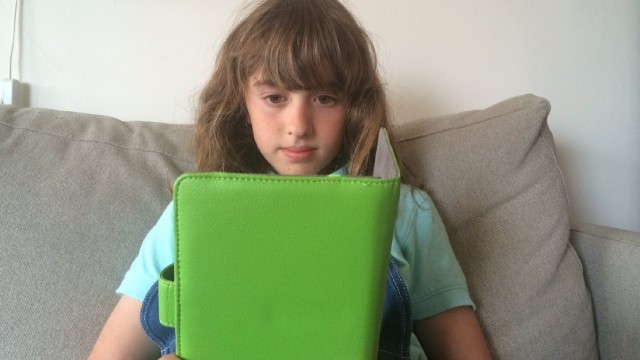
Could e-books actually get in the way of reading?
That was the question explored in research presented last week by Heather Ruetschlin Schugar, an associate professor at West Chester University, and her spouse Jordan T. Schugar, an instructor at the same institution. Speaking at the annual conference of the American Educational Research Association in Philadelphia, the Schugars reported the results of a study in which they asked middle school students to read either traditional printed books, or e-books on iPads. The students’ reading comprehension, the researchers found, was higher when they read conventional books. In a second study looking at students’ use of e-books created with Apple’s iBooks Author software, the Schugars discovered that the young readers often skipped over the text altogether, engaging instead with the books’ interactive visual features.
While their findings are suggestive—especially for parents and teachers who have questioned the value of e-books—they are preliminary, and based on small samples of students. More substance can be found in the Schugars’ previous work: for example, a paper they published last year with colleague Carol A. Smith in the journal The Reading Teacher. In this study, the authors observed teachers and teachers-in-training as they used interactive e-books with children in kindergarten through sixth grade. (The e-books they examined are mobile apps, downloadable from online stores like iTunes.)
While young readers find these digital products very appealing, their multitude of features may diffuse children’s attention, interfering with their comprehension of the text, Smith and the Schugars found. It seems that the very “richness” of the multimedia environment that e-books provide—touted as their advantage over printed books—may actually overwhelm kids’ limited working memory, leading them to lose the thread of the narrative or to process the meaning of the story less deeply.
This is especially true of what the authors call some e-books’ “gimmicks and distractions.” In the book Sir Charlie Stinky Socks and the Really Big Adventure, for example, kids can touch “wiggly woos” to make the creatures emit noise and move around the screen. In another e-book, Rocket Learns to Read, a bird flutters and sounds play continuously in the background.

